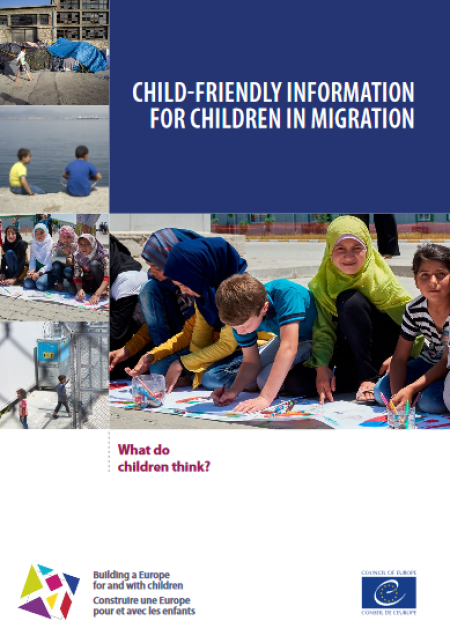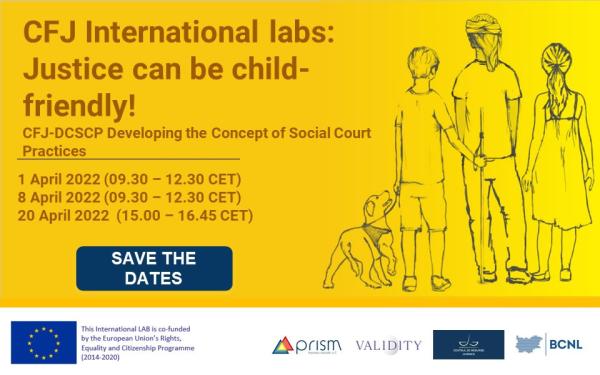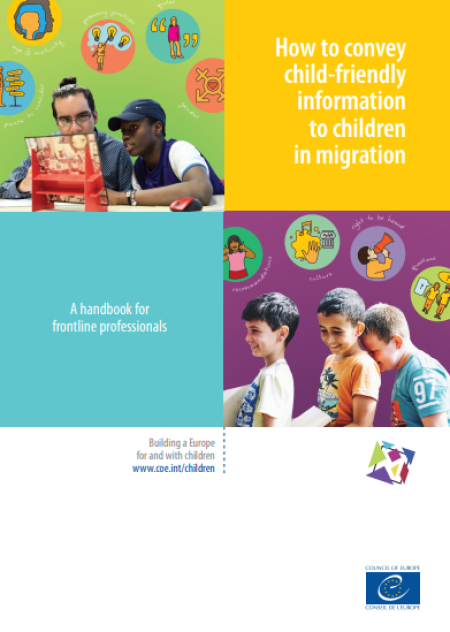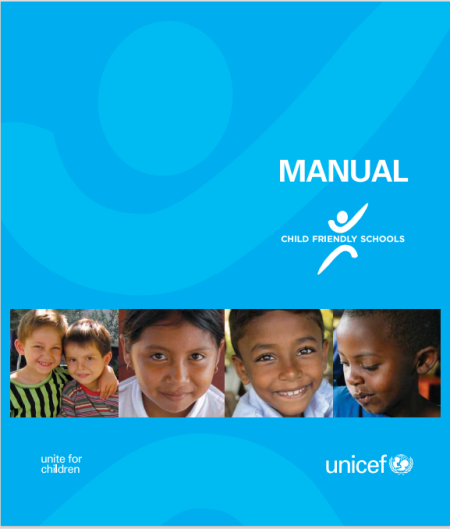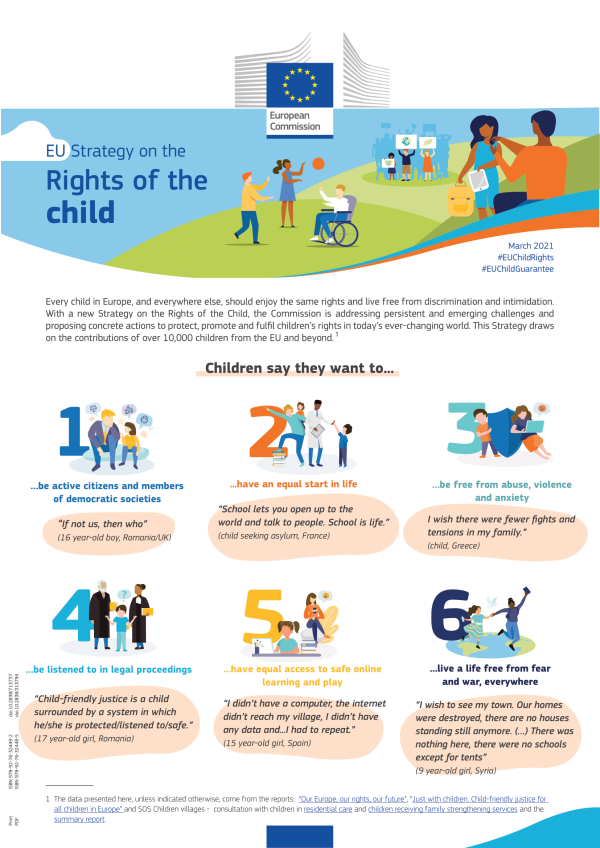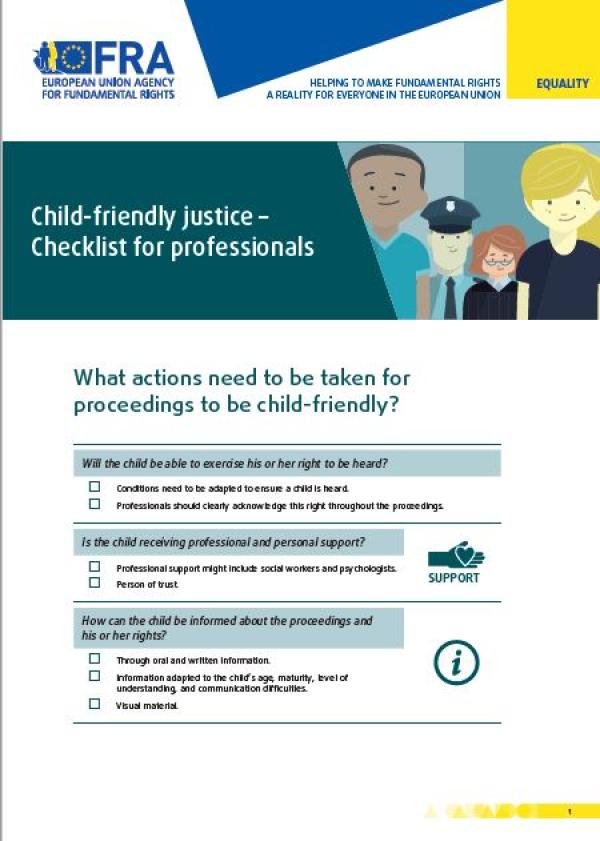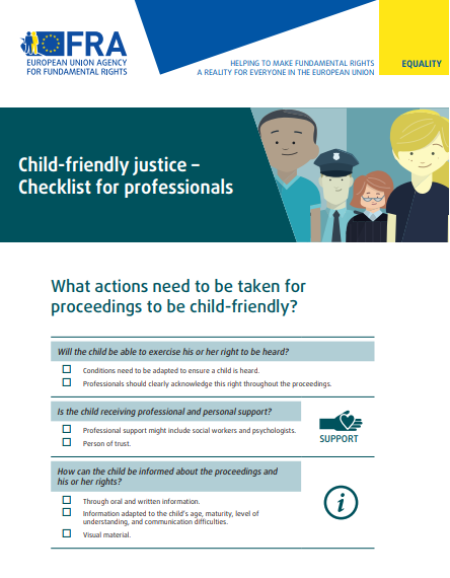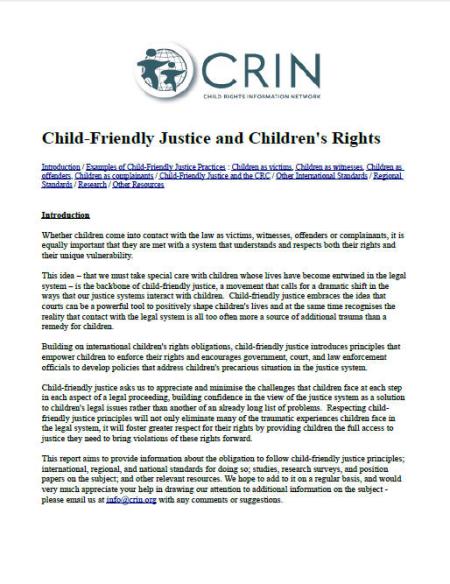
You will find in this guidance international and European standards on child-friendly practices in the context of migration, with real-life illustrations of the kinds of initiatives, programmes and procedures that serve to implement these standards. The aim is to share existing knowledge on how migration-related processes can integrate a child-friendly approach. It addresses a wide range of issues, including the standards that must be applied to the child’s registration and age determination, the child’s treatment in the migration decision-making process and measures that promote their rights to protection, family care and education.
The compilation shows the range and depth of standards currently set out in international and European law, and it provides detailed guidance for states and civil society on how best to incorporate child-friendly practices in the migration process.
- THEME 1 – Entrance, identification and access to fundamental rights
- Non-refoulement
- Identification and registration
- Age assessment
- Reception and accommodation
- Education and training
- Health care
- THEME 2 – Child-friendly asylum and migration processes
- Procedural safeguards
- Determination of asylum and migration applications
- Best-interests assessment and determination
- Legal representation and guardianship
- Child-friendly information
- Child-friendly interviews
- Remedies and complaints mechanisms
- THEME 3 – Special protection measures and deprivation of liberty
- Special protection measures
- Support for especially vulnerable children
- Deprivation of liberty
- Alternatives to immigration detention
- THEME 4 – Durable solutions
- Identifying a durable solution
- Integration
- Family reunification
- Resettlement
- Return procedures





